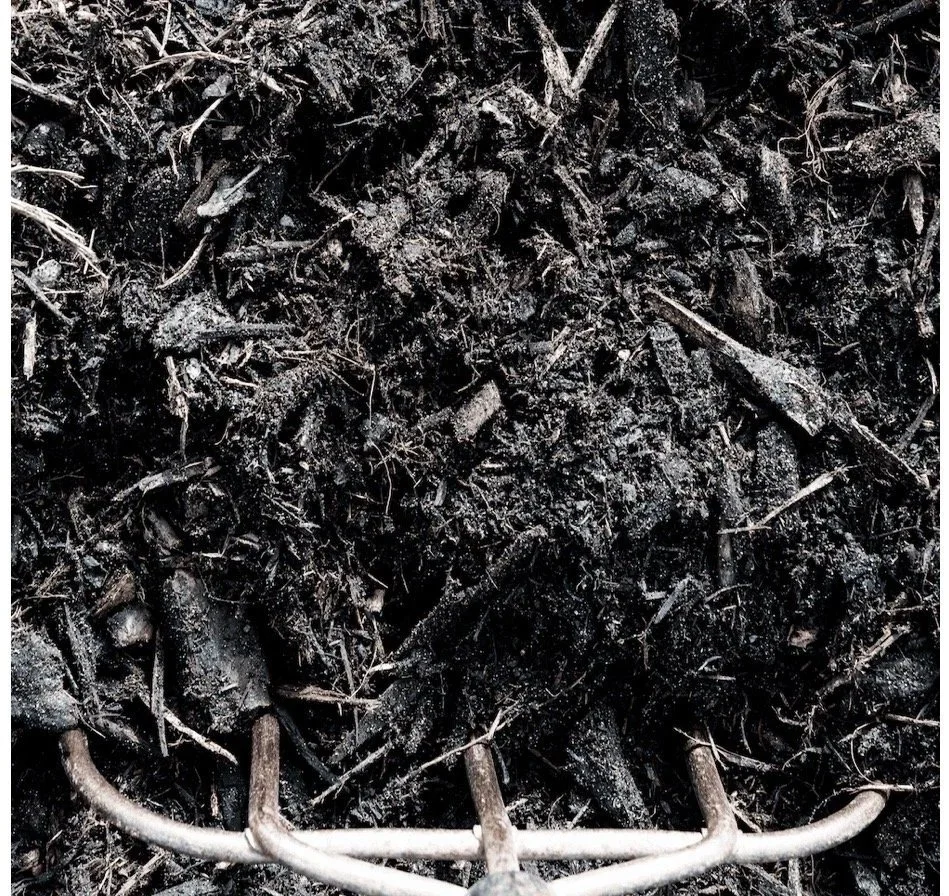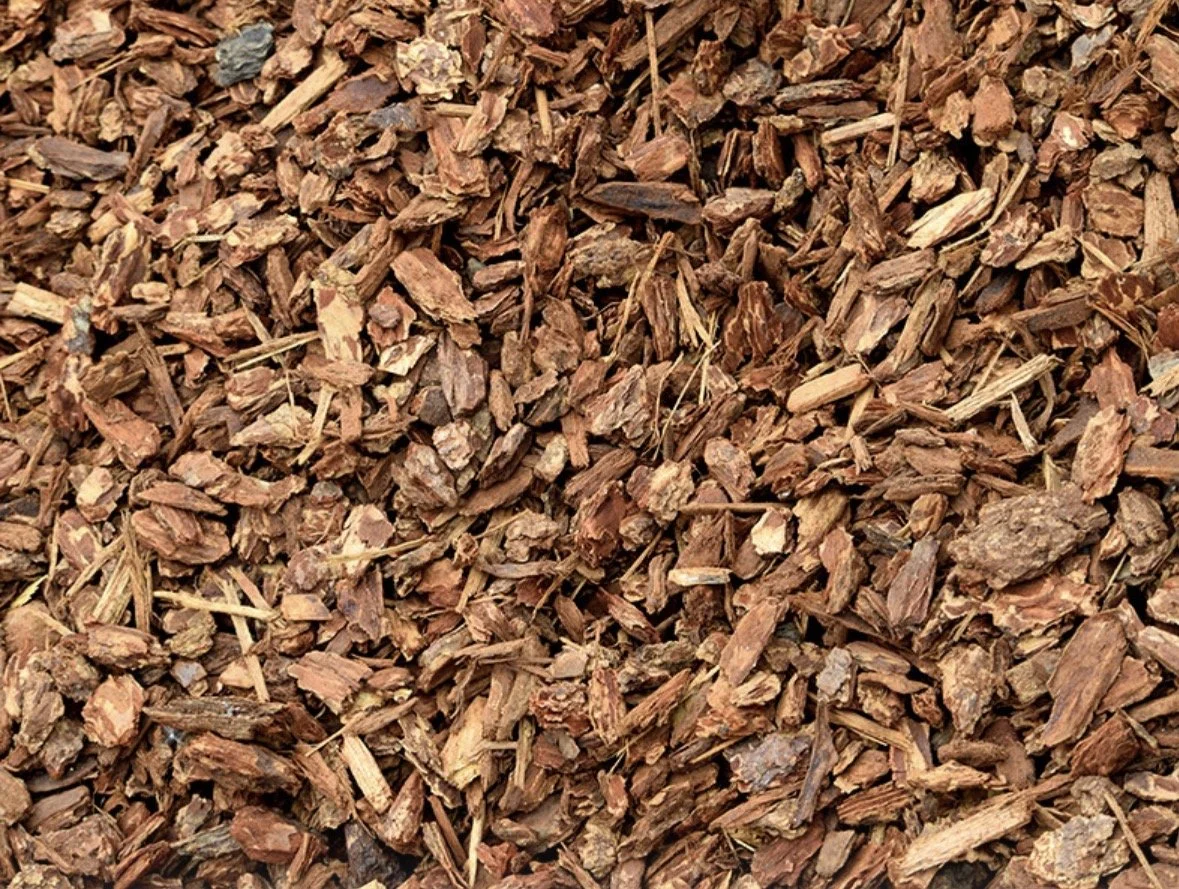Let’s Talk Weeds…
I am so glad you are here! It is my favorite time of year when you can feel the seasons changing and the leaves starting to fall. Just like we want to hibernate and make cozy meals during this time, the garden goes through a transformation too.
Nature prepares and protects for the coming winter. The collection of leaves at the base of the tree has many purposes including protecting roots from the cold winters, but also creating safe places for all the many bugs, and tiny animals to over winter. Don’t rake the leaves from the base of the tree. Rake them off the sidewalk so they are covering bare soil. It is okay to slow down and breathe just like your garden!
Since we are coming up on our rainy season, I thought it would be a great time to talk about weeds. We have become accustomed to our gardens being sterile, well manicured yards. This mindset also sees weeds as the enemy! Our goal in most gardens is to remove weeds and hinder weeds from growing. Some go so far as putting down weed fabric everywhere. This weed fabric often contains plastic that breakdown and add microplastics to your soil, in addition they work against the soil from trying to repair itself.
Remember I always say, “nature knows what to do when we step out of the way.” Weeds are not always the evil plant they have been made out to be. I know, I know hear me out…
When nature grows weeds, it is trying to cover the bare soil so that the soil can use the roots to help absorb all the rains. The roots and plant matter also break up hard clay and feed the soil. There are so many benefits. If you do have weeds in your garden and can’t stand the look of it. Instead of pulling it up root and all, cut it at the soil base and leave the plant matter to decompose and add nutrients to the soil. The roots will shrivel up and feed the soil too.
Here are some tips for weed suppression in your garden:
Over planting in your garden, which means planting plants close together so the roots collectively suppress weeds from growing.
Be sure to cover all bare soil and under plants with a thick mulch (at least 3 inches) of decomposed trimmings. Bark is not the same as mulch. See the photos to the right for comparison. The dark brown one is filled with biodiversity, and microbes that add this to soil all while suppressing weeds and holding in moisture.
The light brown bark is wood chips and has nothing alive in it. Which one do you think is going to suppress weeds and hold in moisture? You can also use leaves as mulch if you have access to them. You can use them as a barrier to hold in moisture and add carbon back to your soil.
What To Do In Your Garden This Month:
The mornings are crisp and cool. Fall is officially here! The tomatoes don’t taste as vibrant and bright as they did in August. Just like the seasons, the garden is winding down too. The end of the month is the time to remove all the summer veggies. Just a reminder, do NOT dig out plants, instead cut at the base where the plants meet the soil leaving the roots to decompose into the soil. Doing so adds much needed organic materials for the microorganisms to eat.
October is a fantastic time to update your garden! Over planting - covering bare soil with plants helps the soil to absorb all the rains instead of the rain running off. It also inhibits weeds from growing since you have less bare soil.
Plants of course give off oxygen for us to breathe, but the plants and roots also take excess carbon from the air to make carbohydrates to feed soil organisms. This is just something to think about as you are accessing your fall garden. Where do you need to add plants? If you aren’t sure what to plant? Reach out, we are here to help!
In addition to over planting in your garden, you may also want to plant a winter vegetable garden. I love to plant a few winter veggies and cover crop the rest of the planting areas. If you are not familiar with cover crop, it is planting for the purpose of covering and feeding bare soil rather than harvesting. Cover crops manage soil erosion, soil fertility, water absorption, keep weeds down, and most importantly bring bio-diversity and organisms into the soil.
In northern California, I suggest planting cover crop in early November right before you see a good rain in the forecast. I buy seeds in bulk and I mix them in a big bucket then heavily distribute them into planting areas, just barely mixing them into the soil. Over winter the plants will grow about 2-3 feet tall. In the January newsletter I will explain how to cut back your cover crop in early February and capitalize on the amazing healthy soil filled with biodiversity! Stay tuned…
Food for thought… think of the impact we all have when we collectively work together. As we have seen recently, where we choose to spend our money and resources has a big impact. Now think about what happens to the climate crisis if everyone in their own personal gardens or community garden was building healthy living soil.
Be sure the choices you make each day impact the greater good for your family, community and of course world. We can make a MASSIVE difference in the planet by voting with our dollars. Shop local, support local business, build a pollinator garden, grow food for your community! We are here to help create the impact you want in your garden!



